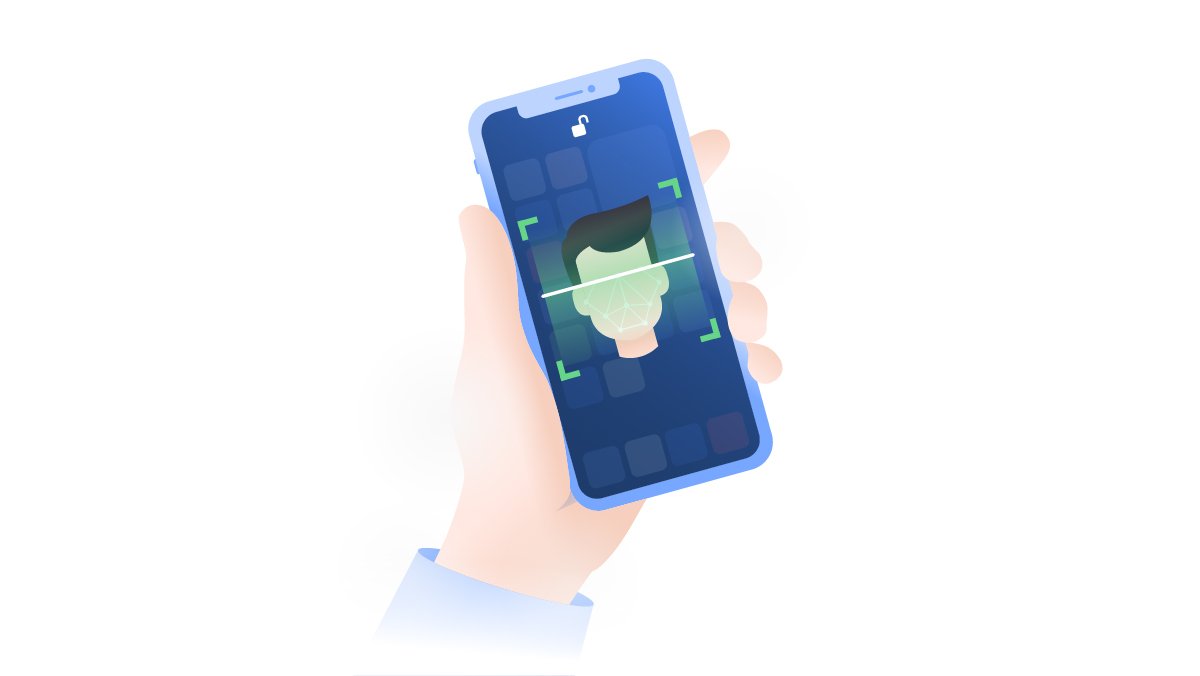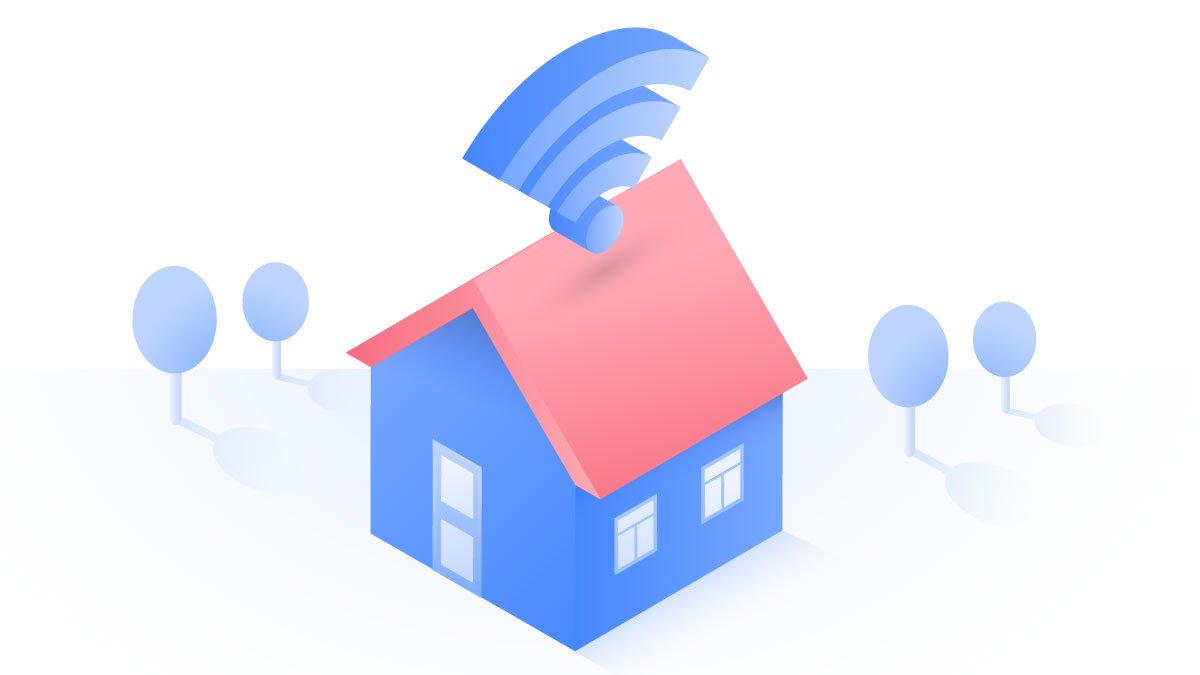Amazon introduces bio-surveillance for employees
Amazon is expanding its employee tracking capacity with advanced AI cameras. These devices will monitor delivery drivers, who are being asked to sign biometric consent forms. The move, which would allow Amazon to institute new levels of bio-surveillance, raises some serious questions about employee privacy.
Malcolm Higgins
Apr 06, 2021 · 3 min read

What is Amazon doing?
Amazon is installing AI-powered cameras in the vehicles of their delivery drivers. The camera system (sourced from Netradyne, an Indian company) can run continuously, tracking a driver's location, movements, and even facial expressions. This last point is particularly worrying, as it necessitates the collection of biometric data.
Amazon’s drivers are being offered a simple choice: consent to have their biometric data collected, or lose their jobs.
What is biometric data?
Biometric data, or biometrics, are unique and measurable physical attributes that identify a person. There are over 20 biometric identifiers including fingerprints, facial recognition, DNA, and hand geometry.
Unlike passwords and usernames, biometric data is permanent — if it leaks, it can't just be changed at source. That’s why many believe the collection and storage of biometric data is a risk, even if the company claims to use it ethically. One data breach could permanently compromise a person's biometric identifiers.
Why is Amazon extending their surveillance?
Amazon says the new cameras will help its drivers stay safe on the road. An AI system like Netradyne's can analyze the driver’s face and identify their level of fatigue, preventing accidents. Alternatively, it could track eye movement and notice if drivers were looking at their phones.
It's worth remembering, however, that many Amazon delivery drivers claim to have been pressured into speeding or driving while fatigued by their superiors within the company. Some drivers claim that they are expected to keep up with the delivery rates regardless of weather conditions or any other variables. Failing to do so can result in drivers being ‘written up’ or even fired.
If that's true, the justification for installing a bio-surveillance system is much more tedious.
Employee surveillance and the right to privacy
Employee monitoring certainly didn’t start with Amazon. From pre-digital punch-cards to key-logging software for modern remote workers , there's a long history of companies trying to track employee activity. These practices are intensifying, however, now that many people are working from home instead of the office. surveillance.
In most countries, monitoring employees is legal — to an extent. In the European Union, for example, employers have to maintain some basic standards:
- There must be a legal basis for employee surveillance (to maintain data security, for example).
- Employees must be made aware of any surveillance measures that have been implemented.
- Employees’ must still be able to protect their right to personal privacy.
For Amazon, operating around the world, these rules often don't apply. Combined with a track record on disregarding employee health and safety, this move to increase driver surveillance doesn't bode well.
5 common types of employee surveillance
While AI cameras are a particularly drastic example of monitoring, companies have been tracking employees for years, using a variety of methods.
- Keycards: Keycards that allow employees to access a building can be used for security, while also logging an individual's time-keeping.
- CCTV cameras: While most people take it for granted that their place of work may use CCTV cameras, these devices can be a serious privacy risk if they're not kept secure. Hackers have been able to break into security camera systems on many occassions.
- Email monitoring: Email monitoring can protect a company’s network and help to prevent malware attacks. If you have a work email, you should never use it for non-work related issues.
- Monitoring computer activity: In our current home-working era, there's no shortage of employee monitoring software on the market. While some may be legitimately safe and useful, others can be highly invasive (Office 365's app tracking feature was an excellent example of this, though it was discontinued after a backlash).
- Key-logging software: Key-logging software can record the person’s keyboard strokes and even mouse movements. While it can be used legally, it will capture personal data and passwords, which many consider to be an invasion of privacy.
The future of employee monitoring
There are many good reasons to monitor employee activity, from data security to productivity. However, collecting too much data can directly impact on the individual freedoms and privacy of employees. Furthermore, gathering employee data creates a tempting treasure-trove for hackers and cybercriminals.
Amazon will claim that they're trying to improve road safety with their new cameras, but it's essential that these developments are scrutinized and criticized appropriately. No one should be pressured into signing away their biometric data.
Want to read more like this?
Get the latest news and tips from NordVPN

